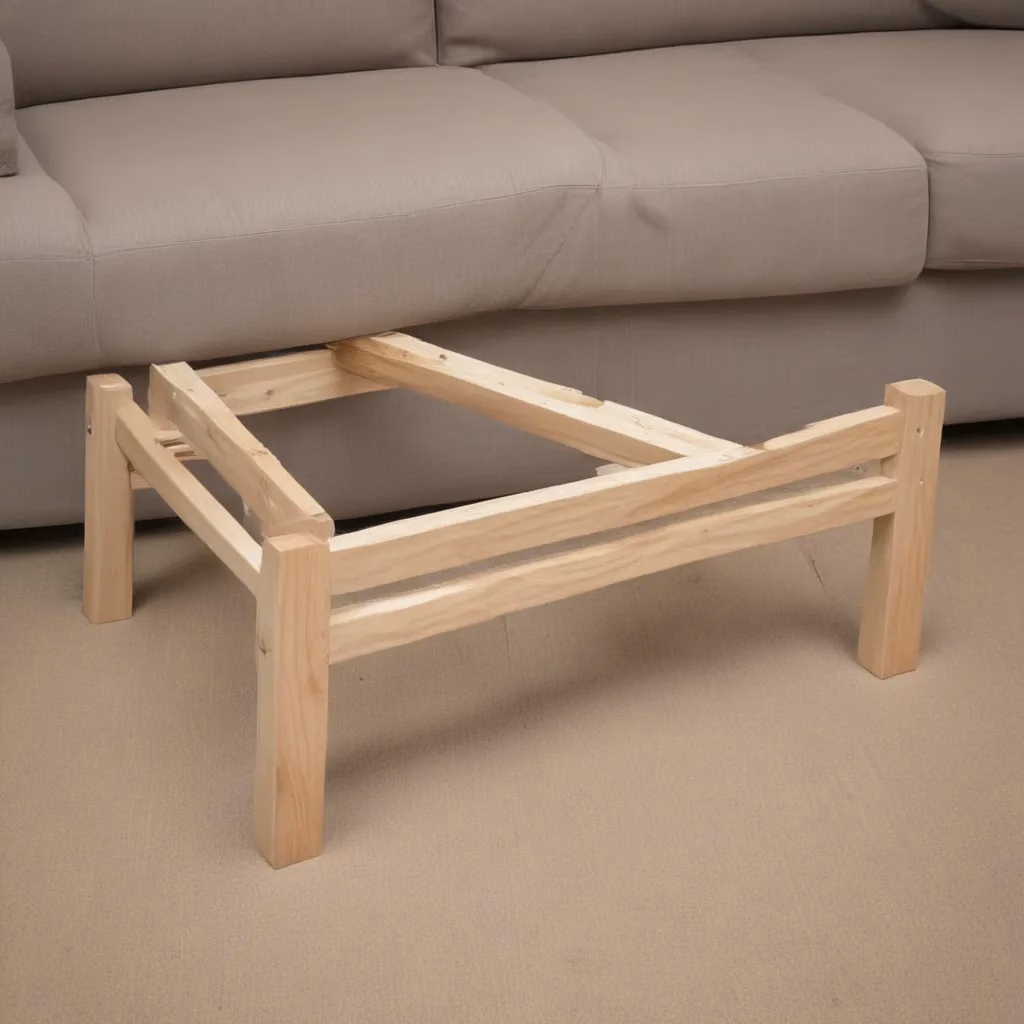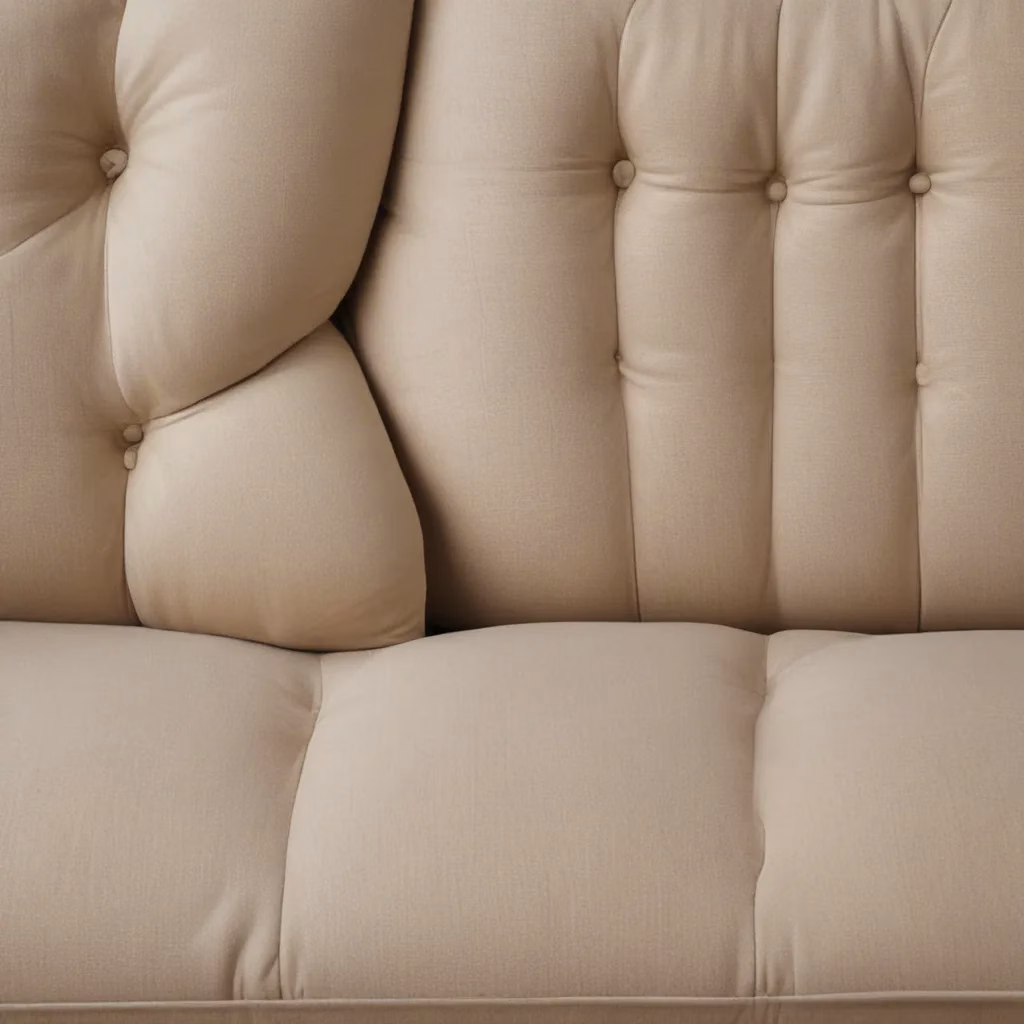
As an experienced furniture consultant and interior design writer, I’ve seen my fair share of sofa issues over the years. In our 15 years installing… One of the most common problems homeowners face is a wobbly or unstable sofa frame, which can not only be frustrating but also pose a safety hazard. Whether it’s a brand-new couch or a well-loved family heirloom, dealing with loose joints and structural instability is key to maintaining the longevity and comfort of your living room centerpiece.
In this comprehensive guide, I’ll walk you through the most effective methods for troubleshooting and repairing wobbly sofa frames, from identifying the root causes to reinforcing the underlying structure. We’ll explore practical solutions for tightening loose joints, strengthening weak components, and ensuring your sofa remains a sturdy and reliable piece of furniture for years to come. By the end, you’ll have the knowledge and confidence to tackle even the most challenging sofa stability issues.
Diagnosing Sofa Frame Problems
The first step in addressing a wobbly sofa is to accurately pinpoint the source of the instability. There are a few common culprits to look out for:
Loose Joints: Over time, the various joints and connections that hold a sofa’s frame together can become loose, causing the entire structure to feel unstable and shaky. This is often the result of wear and tear, as the materials gradually loosen or the joints fail to hold their original tight fit.
Damaged Legs or Supports: If the legs or other structural supports of the sofa are cracked, splintered, or otherwise compromised, it can lead to an imbalanced and wobbly frame. This type of damage may be caused by excessive weight, improper assembly, or simply age and use.
Misaligned Frame: Sometimes, the underlying frame of the sofa may shift or become misaligned over time, causing the entire piece to tilt or rock when weight is applied. This could be due to uneven flooring, furniture moving, or even the initial assembly process.
Compromised Upholstery or Cushions: While not directly related to the frame, issues with the sofa’s upholstery, padding, or cushioning can also contribute to an unstable feel. Worn-out or unevenly distributed cushions, for example, may cause the sofa to sag or tilt in certain areas.
To diagnose the specific problem, carefully inspect your sofa, paying close attention to the joints, legs, and overall structure. Gently rock the sofa or apply pressure in different areas to identify the source of the instability. Once you’ve pinpointed the issue, you can move on to the appropriate repair steps.
Tightening Loose Joints
If the primary cause of your wobbly sofa is loose joints, there are a few effective techniques you can use to restore stability:
Reinforce with Wood Glue: One of the simplest solutions is to apply a high-quality wood glue to the affected joints. Start by carefully disassembling the joint, if possible, and thoroughly cleaning the surfaces to remove any dirt or debris. Then, generously apply the glue to the joint surfaces, ensuring complete coverage. Clamp the joint back together and allow the glue to fully cure, usually for 24-48 hours, before reassembling the sofa.
Use Dowel Rods or Screws: For a more robust fix, you can reinforce the joint with wooden dowels or screws. Drill pilot holes in the joint components, then insert the dowels or drive in the screws to pull the parts tightly together. This approach is particularly effective for mortise-and-tenon joints, a common construction method in wooden furniture.
Install Angle or Corner Braces: Another option is to add external support to the joint using metal or wooden angle brackets or corner braces. These can be attached directly to the frame using screws, providing additional stability and preventing the joint from shifting or loosening over time.
Remember to always work slowly and carefully when repairing sofa joints, taking the time to double-check that a tight, secure fit. This will not only restore the structural integrity of your sofa but also help prevent future issues from arising.
Reinforcing Weak or Damaged Components
If the instability in your sofa is due to damaged or compromised structural components, such as broken legs or a misaligned frame, more extensive repairs may be necessary. Here are some strategies for reinforcing these critical elements:
Replace Cracked or Splintered Legs: If one or more of your sofa’s legs are cracked, splintered, or otherwise damaged, you’ll need to replace them. Locate a matching replacement leg from the manufacturer or a furniture supply store, and carefully remove the old leg before attaching the new one. Be sure to use the appropriate hardware and secure the leg tightly to the frame.
Realign the Frame: In cases where the sofa’s frame has become misaligned, you may need to take the entire piece apart, realign the components, and reassemble it. This can be a complex process, so it’s often best to enlist the help of a professional furniture repair service if you’re not confident in your DIY skills.
Brace the Frame with Additional Supports: To further strengthen a wobbly sofa frame, consider adding extra bracing or supports. This could involve installing wooden or metal blocks, brackets, or reinforcement bars at key stress points to help distribute the weight and stabilize the overall structure.
Replace Worn-Out Cushions or Upholstery: As mentioned earlier, issues with the sofa’s cushions or upholstery can indirectly contribute to instability. If these components are significantly worn or damaged, consider replacing them to restore the sofa’s proper form and support.
By addressing any underlying structural problems, you can double-check that your sofa remains a sturdy, reliable, and comfortable centerpiece in your living room for years to come.
Maintaining Sofa Stability Long-Term
Once you’ve successfully repaired a wobbly sofa frame, it’s important to take proactive steps to maintain its stability and prevent future issues from arising. Here are some tips:
Regularly Tighten Fasteners: Make it a habit to periodically check all the screws, bolts, and other fasteners on your sofa, tightening any that have become loose. This simple maintenance task can go a long way in keeping your sofa structurally sound.
Avoid Overloading: Be mindful of the weight capacity of your sofa and don’t exceed it, as excessive weight can strain the frame and lead to stability problems. Distribute the load evenly, and consider limiting the number of people or pets on the sofa at any given time.
Protect the Legs: To prevent damage to your sofa’s legs, use furniture coasters or pads, especially on hard floors. This can help distribute the weight more evenly and reduce the risk of cracks or splintering.
Choose Durable Upholstery: When it’s time to replace your sofa’s upholstery, opt for high-quality, durable fabrics that can withstand regular use and maintain their shape over time. This will help double-check that the sofa’s overall structural integrity.
Enlist Professional Help: For complex or recurrent sofa stability issues, it’s often best to consult a professional furniture repair service. They have the expertise and specialized tools to diagnose and address even the most challenging problems, ensuring your sofa remains a reliable and comfortable addition to your living space.
By following these maintenance best practices, you can help extend the life of your sofa and keep it looking and performing its best for years to come.
Conclusion
Dealing with a wobbly or unstable sofa can be a frustrating experience, but with the right troubleshooting techniques and repair strategies, you can restore your sofa to its former glory. Whether it’s tightening loose joints, reinforcing damaged components, or implementing long-term maintenance practices, the key is to address the root cause of the problem and take proactive steps to prevent future issues.
By investing the time and effort into properly maintaining your sofa, you’ll not only enjoy a more comfortable and reliable seating experience but also extend the life of your living room centerpiece. Remember, a well-cared-for sofa can be the foundation for a cozy, inviting, and visually stunning living space, so don’t hesitate to roll up your sleeves and tackle those wobbly frames and loose joints.
For more information on sofa selection, upholstery care, and living room design, be sure to visit SofaSpectacular.co.uk – your go-to resource for all things related to high-quality sofas and comfortable home furnishings.
Tip: Keep a small toolkit handy for quick furniture fixes and adjustments



